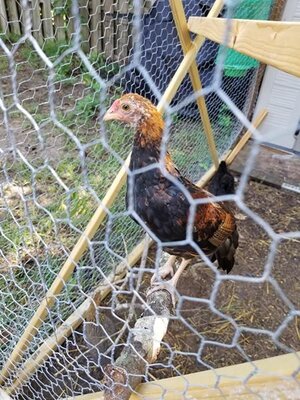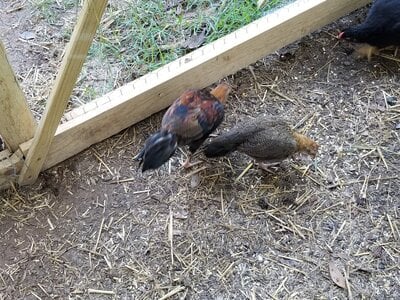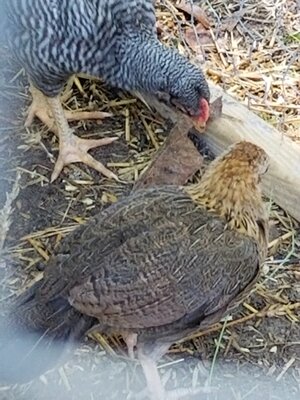I thought I was getting updates whenever there was a new post in this thread and apparently I wasn't.
I'd like opinions on what you guys consider the most and least important traits when selecting breeding stock. The more I thought about it, the more I realized it's easy to get so passionate about this breed that you want them to lay like a Leghorn, dress out like a Cornish Rock, and have the forage and smarts of a Jungle Fowl, and producing consistently for years.
But the faster they grow, the more supplemental feed they need, and the more eggs they lay, the more likely they will burn out and have to be replaced each year like other breeds (I assume).
So what traits do you consider to be important for you? Is a broad, meaty body or better laying more important than efficiency? Do you worry about utility traits at all or is your full focus on ornamental qualities with less concern with fast growth, a meaty body, or good egg laying?
I'd like opinions on what you guys consider the most and least important traits when selecting breeding stock. The more I thought about it, the more I realized it's easy to get so passionate about this breed that you want them to lay like a Leghorn, dress out like a Cornish Rock, and have the forage and smarts of a Jungle Fowl, and producing consistently for years.
But the faster they grow, the more supplemental feed they need, and the more eggs they lay, the more likely they will burn out and have to be replaced each year like other breeds (I assume).
So what traits do you consider to be important for you? Is a broad, meaty body or better laying more important than efficiency? Do you worry about utility traits at all or is your full focus on ornamental qualities with less concern with fast growth, a meaty body, or good egg laying?





